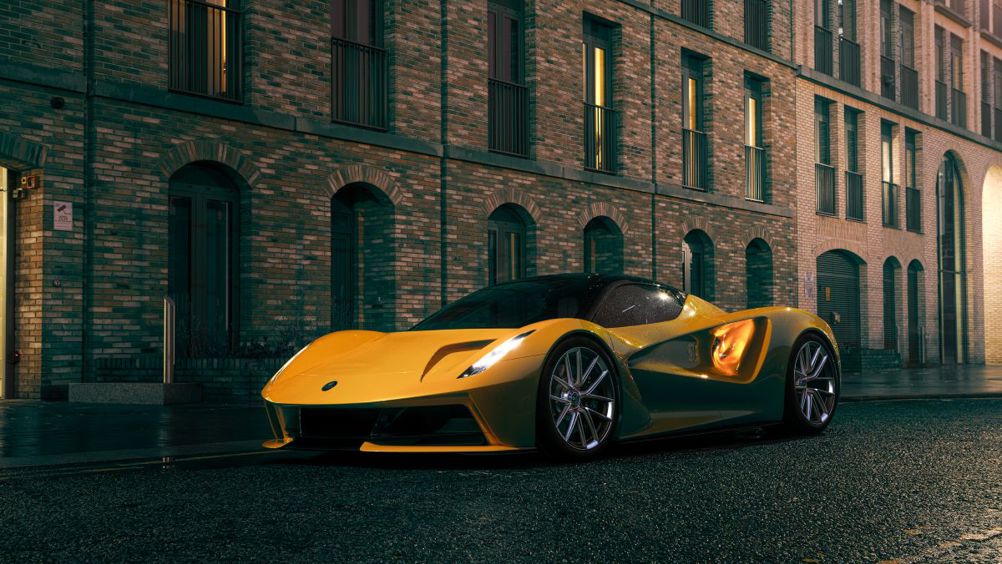Electric potential: The inside track on Lotus's power move
Lotus Engineering commercial director Mark Stringer spoke with Andrew Wade about the iconic carmaker’s pivot to electrification.

When you’re sitting on three-quarters of a century of automotive heritage, fundamental changes to your brand can be a dangerous thing. In April 2021, Lotus announced that it would cease building internal combustion engine (ICE) cars, pledging to become fully electric by the late 2020s. For an iconic British marque whose identity is closely tied to Formula One and high performance sports cars, it was a bold move.
“I think it was 2018 when we made the call as a business,” Mark Stringer, commercial director of Lotus Engineering, told The Engineer. “We had no visibility of any premium or sporting brands really pushing electrification at all at that point.”
According to Stringer, the switch to electric was driven by a desire to go from a niche manufacturer of around 1,600 petrol-powered cars per year, to become a significant player in the luxury segment, delivering upwards of 100,000 premium EVs annually. Another major factor was undoubtedly the 2017 takeover of the company by Chinese auto giant Geely, a global leader in electrification.
Register now to continue reading
Thanks for visiting The Engineer. You’ve now reached your monthly limit of premium content. Register for free to unlock unlimited access to all of our premium content, as well as the latest technology news, industry opinion and special reports.
Benefits of registering
-
In-depth insights and coverage of key emerging trends
-
Unrestricted access to special reports throughout the year
-
Daily technology news delivered straight to your inbox











Water Sector Talent Exodus Could Cripple The Sector
Maybe if things are essential for the running of a country and we want to pay a fair price we should be running these utilities on a not for profit...